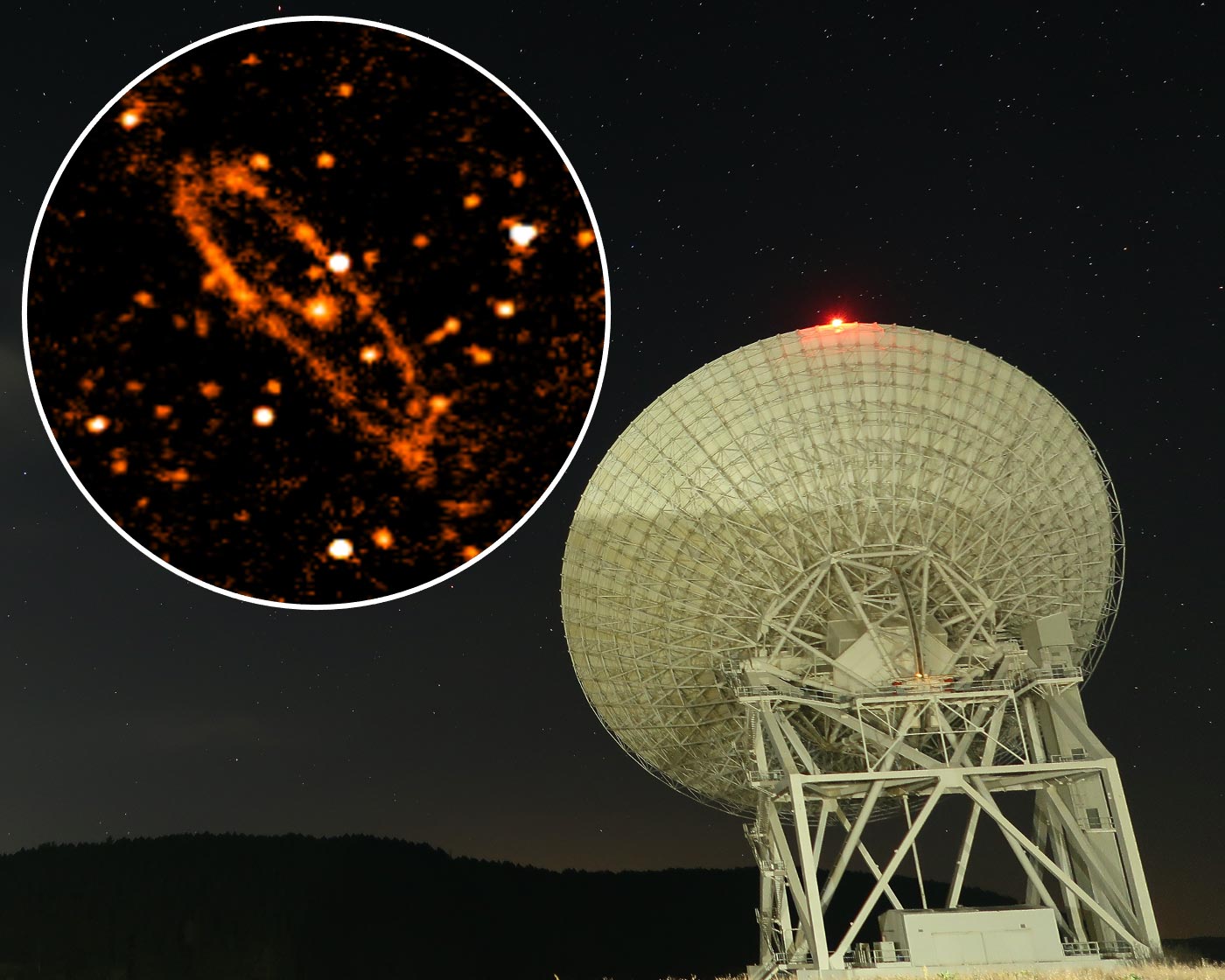
[ad_1]
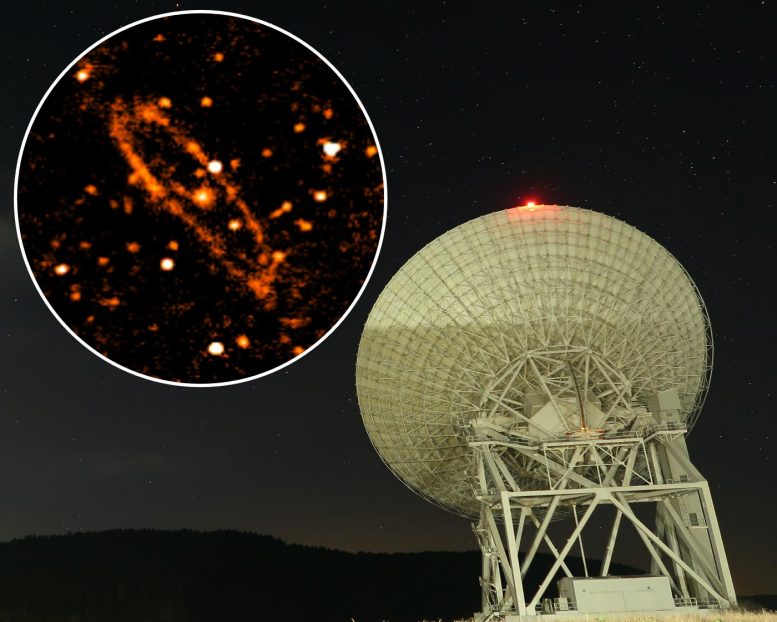
Radio image of the Andromeda galaxy at 6.6 GHz (inset), captured using the Sardinian radio telescope in Italy. Credit: S. Fatigoni et al (2021)
Galaxy disk identified as the region where new stars are born.
Scientists have released a new detailed radio image of the Andromeda galaxy – the Milky Waythe sister galaxy of, which will allow them to identify and study the regions of Andromeda where new stars are born.
The study – which is the first to create a radio image of Andromeda at the microwave frequency of 6.6 GHz – was led by UBC physicist Sofia Fatigoni, along with colleagues from the ‘Sapienza University of Rome and the Italian National Institute of Astrophysics. It was published online in Astronomy and astrophysics.
“This image will allow us to study the structure of Andromeda and its contents in more detail than has ever been possible,” said Fatigoni, a doctoral student in the Department of Physics and Astronomy at UBC. “Understanding the nature of the physical processes that take place inside Andromeda allows us to understand more clearly what is happening in our own galaxy, as if we are looking at ourselves from the outside. “
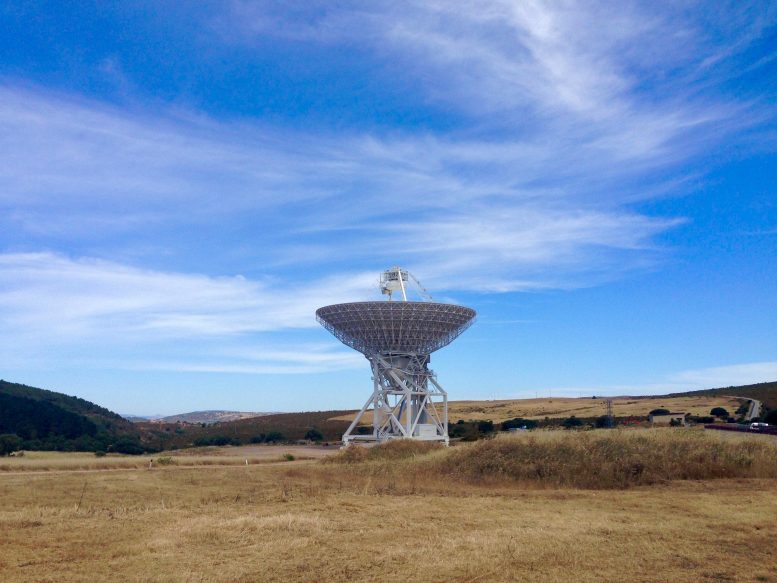
The Sardinia radio telescope located in Sardinia, Italy. Credit: S. Fatigoni et al (2021)
Before this study, no map capturing such a large region of the sky around the Andromeda galaxy had ever been made in the microwave frequency band between 1 GHz and 22 GHz. In this range, the galaxy’s emission is very low, making it difficult to see its structure. However, it is only in this frequency range that particular characteristics are visible, so having a map at that particular frequency is crucial to understanding what physical processes are occurring inside Andromeda.
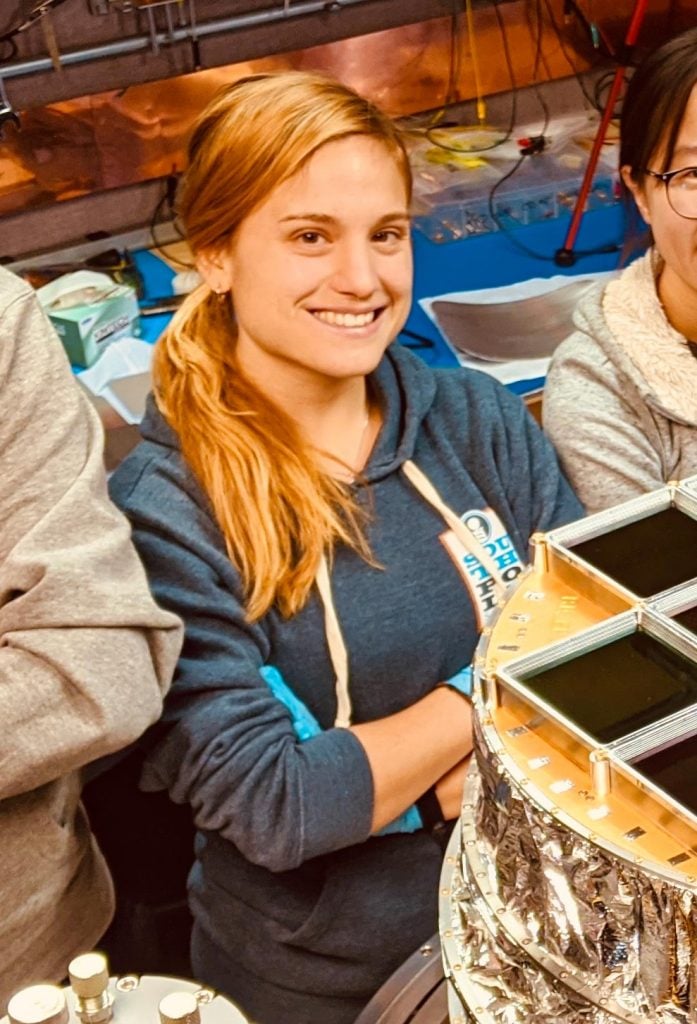
Principal author Sofia Fatigoni. Credit: Sofia Fatigon
In order to observe Andromeda at this frequency, the researchers needed a single antenna radio telescope with a large effective area. For the study, scientists turned to the Sardinia radio telescope, a 64-meter fully steerable telescope capable of operating at high radio frequencies, located in Italy.
It took 66 hours of observation and consistent data analysis for researchers to map the galaxy with great sensitivity.
They were then able to estimate the rate of star formation within Andromeda and produce a detailed map that highlighted the “galaxy disk,” as the region where new stars are born.
“By combining this new image with those acquired previously, we have made significant progress in clarifying the nature of Andromeda’s microwave emissions and allowing us to distinguish the physical processes that occur in different regions of the galaxy,” a said Dr Elia Battistelli, professor in the physics department of Sapienza and study coordinator.
“In particular, we were able to determine the fraction of emissions due to thermal processes associated with the first stations of new star formation, and the fraction of radio signals attributable to non-thermal mechanisms due to cosmic rays that spiral in the magnetic field present in the interstellar medium, ”Fatigoni said.
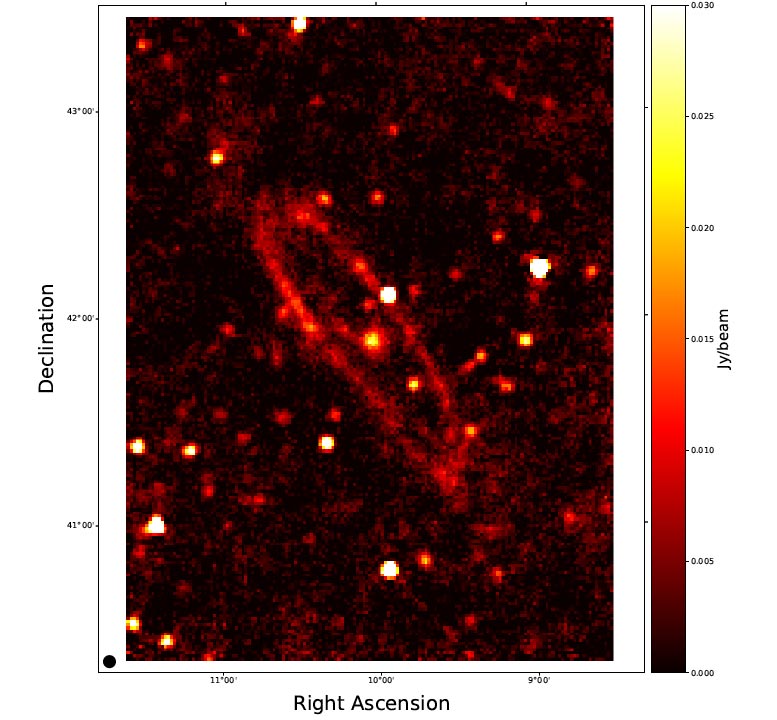
Final image of the Andromeda galaxy after averaging over the entire 6.6 GHz bandwidth. Credit: S. Fatigoni et al (2021)
For the study, the team also developed and implemented software that allowed them to test new algorithms to identify inferior emission sources never before examined in the field of view around Andromeda at a frequency of 6. , 6 GHz.
From the resulting map, the researchers were able to identify a catalog of about 100 “point sources,” including stars, galaxies and other objects in the background of Andromeda.
Reference: “Study of thermal and non-thermal emission components in M 31: the view of the Sardinian radio telescope at 6.6 GHz” by S. Fatigoni, F. Radiconi, ES Battistelli, M. Murgia, E. Carretti, P . Castangia, R. Concu, P. de Bernardis, J. Fritz, R. Genova-Santos, F. Govoni, F. Guidi, L. Lamagna, S. Masi, A. Melis, R. Paladini, FM Perez-Toledo , F. Piacentini, S. Poppi, R. Rebolo, JA Rubino-Martin, G. Surcis, A. Tarchi and V. Vacca, July 23, 2021, Astronomy and astrophysics.
DOI: 10.1051 / 0004-6361 / 202040011
[ad_2]
Source link